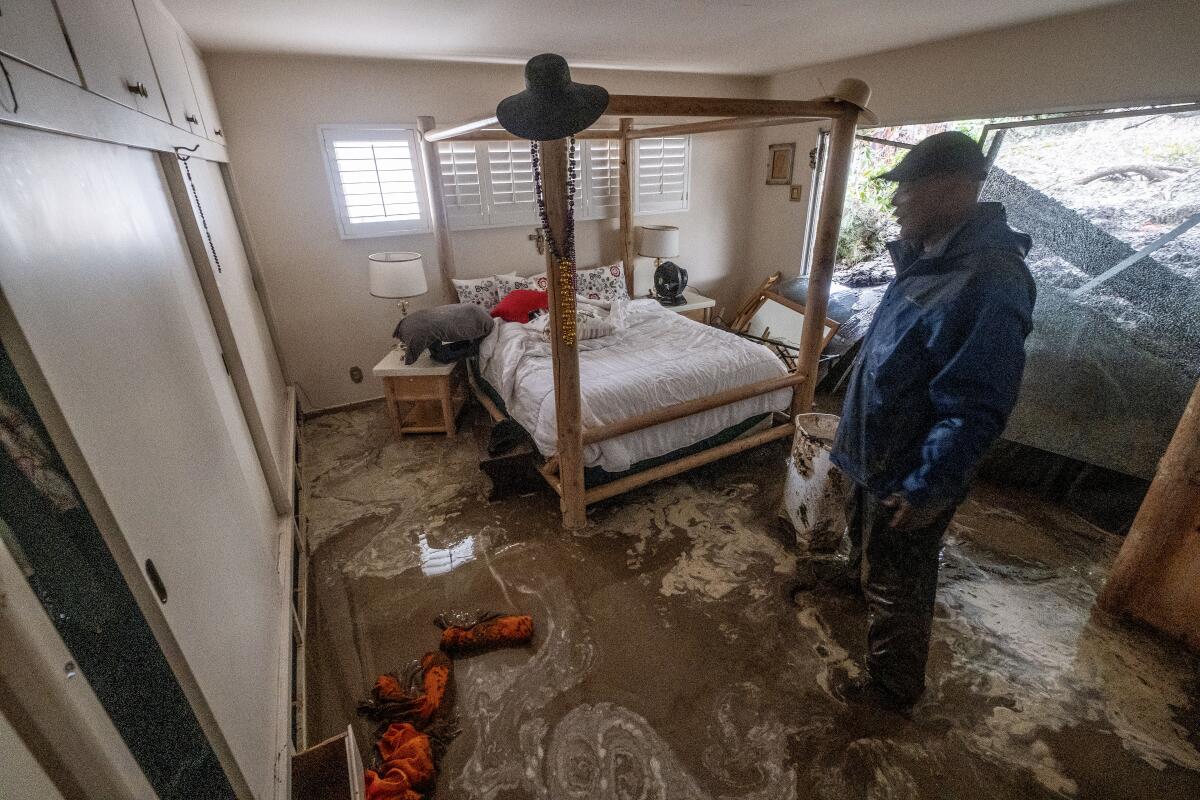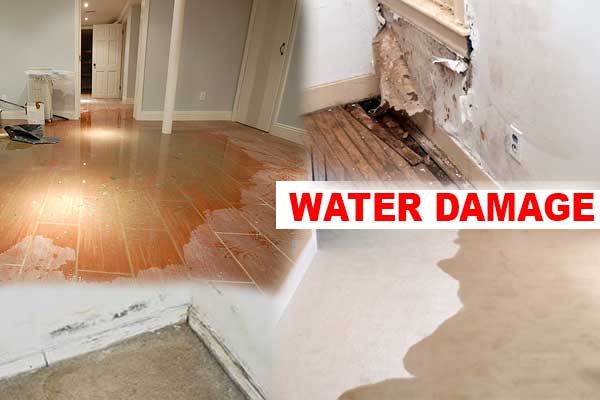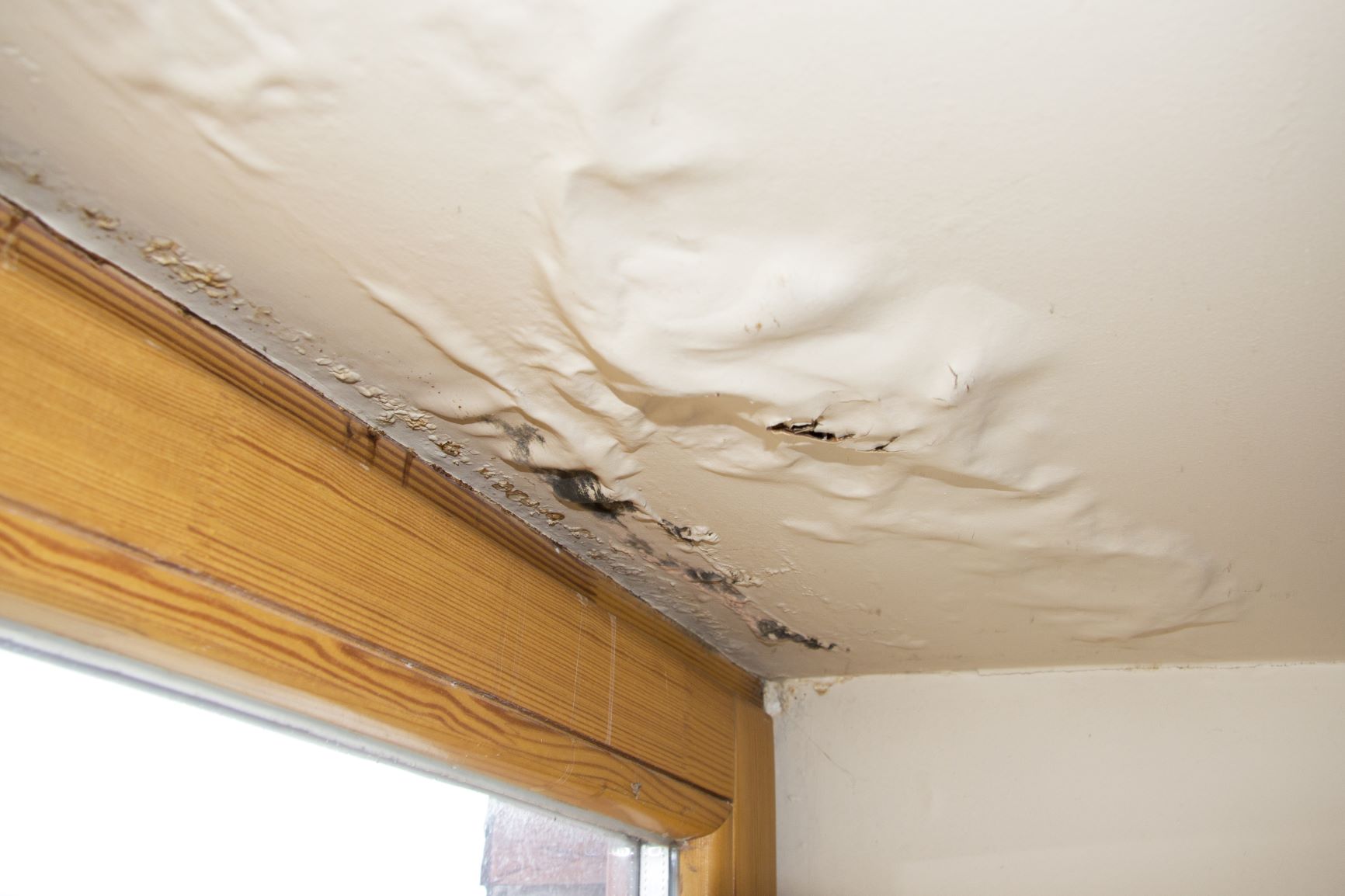Top Water Mitigation Company for Fast Response and Quality Service
The Refine of Water Damages Cleaning: Guaranteeing Your Home Is Recovered Properly
Water damage can be a daunting difficulty for home owners, necessitating a organized and careful clean-up process to restore security and performance. damage restoration services. Following this, efficient water extraction techniques play an essential role in alleviating additional damage.
Assessing the Damages
Upon finding water damages, the very first step is to extensively evaluate the degree of the impact. This first evaluation is critical, as it helps determine the essential actions for effective clean-up and repair. Begin by checking the impacted areas, consisting of walls, ceilings, floorings, and personal possessions, to recognize the source of the water breach, whether from flooding, leakages, or condensation.
Recording the damage is necessary for both insurance policy claims and preparing reconstruction efforts - damage restoration services. Use pictures and created notes to record the extent of the damage, noting any afflicted architectural aspects and materials. Pay special attention to locations that may not be immediately visible, such as behind wall surfaces and under carpets, as hidden wetness can result in additional difficulties, including mold and mildew growth
Furthermore, analyze the timeline of the water direct exposure. The longer the materials remain damp, the greater the possibility for damage. Recognizing the duration of exposure will inform the seriousness of removal initiatives. Ultimately, a detailed evaluation lays the groundwork for a successful water damages clean-up process, guaranteeing that all influenced locations are attended to efficiently and completely.
Water Removal Methods

Professionals usually use submersible pumps for larger quantities of water, which can quickly ease flooding in basements or various other affected areas. For smaller quantities, wet/dry vacuums are typically used to draw out recurring dampness from carpets and tough surface areas. Additionally, using mobile extractors permits for targeted elimination in confined areas or areas with delicate products.
In instances of contaminated water, such as sewer or floodwater, progressed removal techniques may involve making use of biohazard tools to make certain security and conformity with health guidelines. High-powered removal tools are important in lessening water retention in architectural materials, which can result in mold development and structural deterioration if not resolved quickly.
Ultimately, the effectiveness of water removal methods plays a crucial function in the overall success of the water damages clean-up procedure, preparing for succeeding restoration initiatives.
Drying and Dehumidification
Once standing water has been efficiently drawn out, the next important phase in the water damages cleanup process is drying and dehumidification. This action is vital to avoid further damage and mold growth, which can take place within 24 to 2 days in moist atmospheres.
To accomplish efficient drying, specialized equipment such as industrial-grade air movers and dehumidifiers is utilized. Air movers flow air throughout wet surfaces, improving evaporation prices, while dehumidifiers minimize humidity levels in the air, advertising a favorable environment for drying out. The combination of these tools guarantees that moisture is extracted from wall surfaces, furnishings, and floorings, permitting them to completely dry extensively.
It is essential to keep track of the drying out process carefully. Experts typically use dampness meters visit homepage to evaluate the moisture content in different materials, making certain that all impacted locations get to acceptable dryness degrees. This precise method assists to stop concealed dampness pockets that might bring about architectural damages or unhealthy mold and mildew growth.

Cleansing and Sanitizing
After the drying and dehumidification phase is full, the following important action in water damage cleanup is cleaning up and disinfecting the influenced areas. This procedure is essential to stop the development of mold and mildew, bacteria, and various other pathogens that thrive in damp atmospheres.
The cleaning phase commonly involves removing any type of debris, dust, and contaminants from surface areas using specialized cleansing representatives. For hard surface areas, a combination of soap and water or commercial cleansing items is commonly used. Soft products, such as upholstery over at this website and rugs, may need a lot more considerable cleaning techniques, consisting of heavy steam cleaning or deep extraction techniques, to make sure thorough sanitation.

Sanitizing adheres to cleansing, using EPA-approved disinfectants to eliminate harmful microbes. This action is crucial, specifically in areas that might have entered into call with floodwaters or sewage, as these sources can position major health threats.
In addition, it is essential to deal with any continuing to be odors, which may call for making use of odor neutralizers or innovative methods like ozone therapy. Proper cleansing and sterilizing not just bring back the safety and health of your home yet also prepared for successful remediation and fixings in succeeding stages of the water damages clean-up procedure.
Remediation and Fixings

When the evaluation is total, restoration efforts can begin. In addition, floor covering might call for similar attention, depending on the degree of water direct exposure.
It is critical to involve seasoned remediation specialists during this process, as they possess the expertise to take care of intricate repairs successfully. Furthermore, they can assist alleviate potential future issues, such as mold and mildew growth or structural instability, thus guaranteeing a habitable and safe living setting. Ultimately, effective reconstruction and repairs restore the home's stability and enhance its total value.
Verdict
Finally, the procedure of water damage cleaning is essential for bring back a home to its pre-damage problem. Each phase, from analyzing the damage to carrying out effective water removal techniques, adhered to by thorough drying, disinfecting, and required repairs, plays a crucial role in making certain safety and conformity with building requirements. Reliable implementation of these steps not just mitigates instant damages but likewise boosts the long-lasting stability and worth of the property.
Water damages can be a daunting challenge for property owners, requiring a careful and organized cleaning procedure to recover safety and security and performance. Eventually, a detailed analysis lays the foundation for a successful water damage cleanup procedure, making certain that all influenced locations are resolved efficiently and thoroughly.
Effective water extraction strategies are necessary in alleviating damage and stopping additional complications following a water intrusion event.In conclusion, the process of water damage cleaning is critical for bring back a home to its pre-damage problem. Each stage, from assessing the damages to implementing efficient water extraction strategies, complied with by detailed drying, sanitizing, and necessary repair services, plays a necessary function in making sure safety and conformity with building standards.